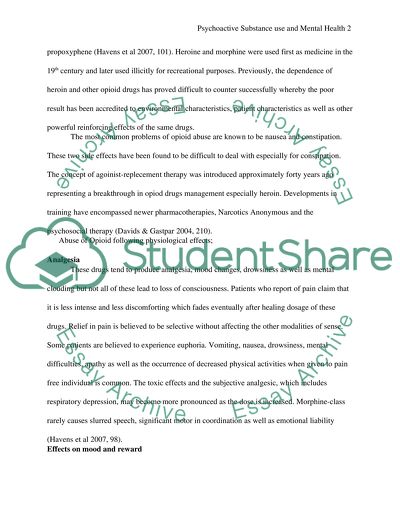Cite this document
(“Psychoactive Substance use and Mental Health (Hong Kong) Essay”, n.d.)
Retrieved from https://studentshare.org/nursing/1684385-psychoactive-substance-use-and-mental-health-hong-kong
Retrieved from https://studentshare.org/nursing/1684385-psychoactive-substance-use-and-mental-health-hong-kong
(Psychoactive Substance Use and Mental Health (Hong Kong) Essay)
https://studentshare.org/nursing/1684385-psychoactive-substance-use-and-mental-health-hong-kong.
https://studentshare.org/nursing/1684385-psychoactive-substance-use-and-mental-health-hong-kong.
“Psychoactive Substance Use and Mental Health (Hong Kong) Essay”, n.d. https://studentshare.org/nursing/1684385-psychoactive-substance-use-and-mental-health-hong-kong.


